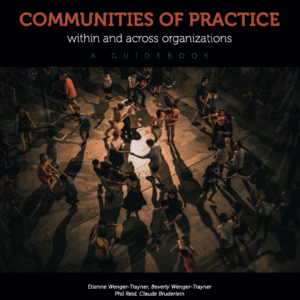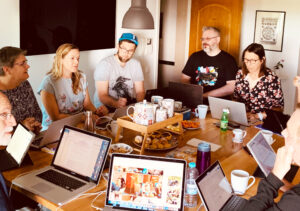NOTICE: This is an old blog post. There is an updated version of all these FAQs on our new website:
What are the first three things one should consider doing to get a community of practice started?
You cannot start a community by yourself. In fact you cannot start a community at all, to be quite honest about it. The only people who can form a community are the members themselves as a collectivity. But this does not mean that you cannot do anything if you see the need for a community that does not exist yet.
The first step is to have a series of conversations with potential members. What issues and challenges are they facing? Do they interact with others facing similar issues and challenges? Do they think it would help to make such interactions more sustained and systematic?
The second step, which often happens in the context of the first one, is to find some potential members who are willing to join you in your vision of a community of practice and to invest their own identities as practitioners in making this happen.
The third step, assuming the first two have yielded positive results, is to engage a dedicated core group from the second step in designing a process by which the community can get going. Often this will entail organizing a launch event. But in some cases, it could just entail starting working on an issue and letting the process attract others. The level of visibility of the launch process will depend on the degree to which it can build on existing identities associated with the domain of the community.
| << Communities versus teams? | How long to get going? >> |
For more information, click here:
For a more precise definition, see our theory page on communities of practice:
For a bit more info, see our general (but brief) introduction to communities of practice and their use in various contexts:
For practical advice on cultivating communities of practice, see our new guidebook:
For workshops on cultivating communities of practice:



Pingback: Day 2 – Creating a community of practice – ANU Online Coffee Courses